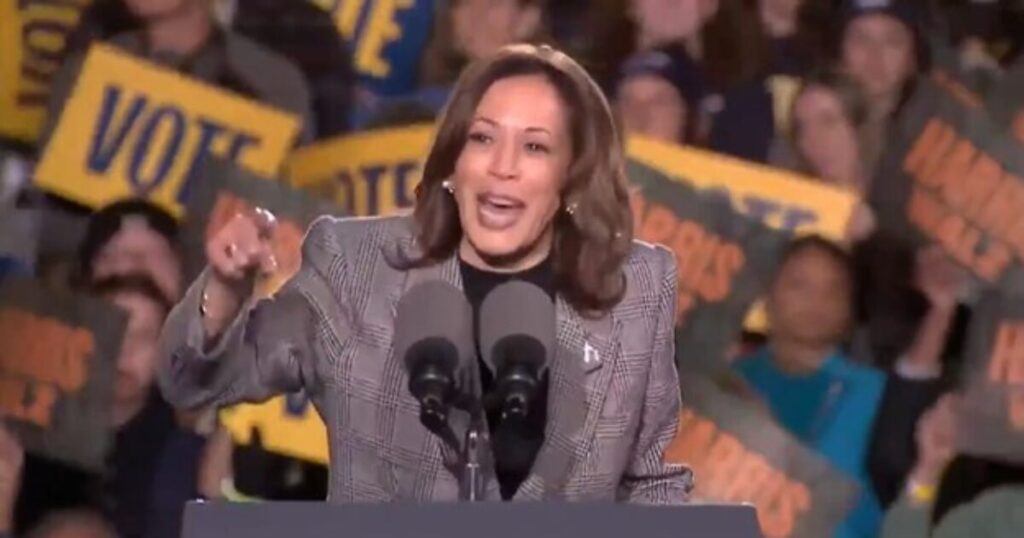The recent presidential campaign of Vice President Kamala Harris has been characterized by extraordinary fundraising efforts, culminating in over a billion dollars raised in a short span. Yet, despite this immense financial backing, Harris ultimately conceded the race to Donald Trump, ending her campaign with a staggering $20 million in debt. This paradox of high funding with low electoral success has sparked discussions about Democratic fiscal management and strategic decision-making within the party. The situation presents a vivid metaphor for mismanaged resources and raises questions about the effectiveness of campaign strategies employed by Democratic candidates.
Reports indicate that Harris’s campaign has resorted to soliciting donations from supporters and even selling its email list to mitigate its substantial debt. After the election concluded and with her campaign in the red, Harris’s team appealed to her followers to contribute to the Harris Fight Fund, claiming the funds would help support other Democratic candidates. This last-ditch effort to raise capital highlights a disconnect between the vast sums collected and the eventual inability to deliver electoral success, pointing to deeper issues within strategy and voter outreach in the Democratic camp.
One significant area where resources seemed misallocated was in the campaign’s decision to host a series of concerts across swing states right before the election. High-profile performances featuring artists such as Jon Bon Jovi and Katy Perry were planned in key electoral areas in an effort to mobilize voters. Unfortunately, despite the star-studded lineups, these concerts did little to sway the election results in Harris’s favor, as all targeted swing states went to Trump on Election Day. The irony of the campaign’s expenditure on entertainment shows a lack of effective resource deployment, suggesting that flashy events might not translate into votes.
Critics have pointed out the alarming financial mismanagement displayed by Harris’s campaign. To raise over a billion dollars and still finish $20 million in debt raises serious concerns about the campaign’s budgeting and expenditure strategies. Many observers are left questioning how such a large sum could be squandered in such a brief timeframe. The financial woes of the Harris campaign may serve as an example of what’s often portrayed as reckless spending within the Democratic Party, with some commentators drawing analogies to mismanaged economies in countries like Cuba or Venezuela.
The notion that a billion dollars was insufficient to combat Trump is astonishing, emphasizing the challenges faced by Democrats in appealing to voters. The underperformance in critical swing states indicates that fundraising prowess does not necessarily reflect the campaign’s resonance with the electorate. Concerns about the effectiveness of the campaign’s messaging and its ability to connect with voters on the ground come to the forefront, opening discussions around the party’s strategies moving forward.
In summary, the Kamala Harris campaign reflects a troubling narrative of financial extravagance paired with electoral failure. Ending the campaign deeply in debt after raising such monumental sums underscores a systemic issue regarding the resource allocation and strategic planning within Democratic campaigns. As the party looks towards the future, these lessons may yield critical insights into how fundraising should be balanced with effective voter engagement strategies, ensuring that financial success translates into political victories.

